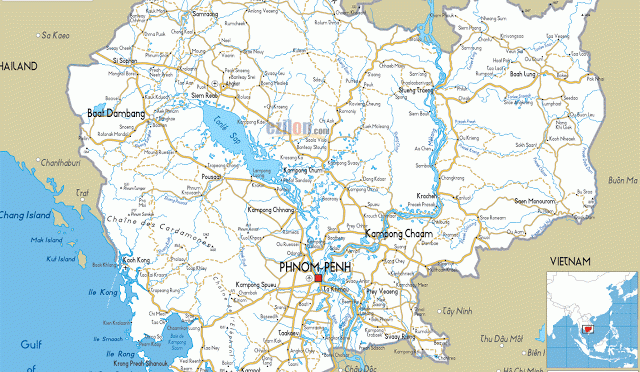Cambodia, a country located in the heart of Southeast Asia, has been experiencing rapid economic growth and urbanization in recent years. With a population of over 16 million people, the demand for electricity has been increasing at an unprecedented rate. The country’s energy sector is heavily reliant on fossil fuels, with coal and hydropower accounting for the majority of its electricity generation. However, as concerns over climate change and energy security continue to grow, Cambodia has been exploring alternative sources of energy, including wind power.
Wind energy has been gaining traction globally as a clean, renewable, and cost-effective source of electricity. In recent years, technological advancements have led to a significant reduction in the cost of wind power generation, making it increasingly competitive with traditional sources of energy. Moreover, wind energy has the potential to reduce greenhouse gas emissions, improve air quality, and contribute to energy security by diversifying the energy mix.
In Cambodia, the potential for wind energy development remains largely untapped. According to a study conducted by the National Renewable Energy Laboratory (NREL) in the United States, Cambodia has a technical wind energy potential of approximately 6,500 megawatts (MW), with the majority of this potential concentrated in coastal areas and highland regions. This potential is equivalent to nearly three times the country’s current installed power generation capacity, highlighting the significant opportunity for wind energy development in Cambodia.
Despite this potential, the country’s wind energy market is still in its infancy, with only a few small-scale wind projects currently in operation. One of the main challenges facing the development of wind energy in Cambodia is the lack of a comprehensive regulatory framework and supportive policies to encourage investment in the sector. However, the Cambodian government has recently shown a growing interest in promoting renewable energy development, including wind power.
In 2019, the Ministry of Mines and Energy (MME) announced plans to increase the share of renewable energy in the country’s energy mix to 20% by 2023, up from the current 6%. To achieve this target, the government has been working on developing a comprehensive legal and regulatory framework for renewable energy, including feed-in tariffs, power purchase agreements, and tax incentives for investors. Additionally, the government has been collaborating with international organizations, such as the World Bank and the Asian Development Bank, to provide technical assistance and financing for renewable energy projects.
Another factor that could contribute to the growth of Cambodia’s wind energy market is the increasing interest from foreign investors. In recent years, several international companies have expressed interest in developing wind power projects in the country. For example, in 2018, a Singapore-based renewable energy company signed a memorandum of understanding with the Cambodian government to develop a 135 MW wind farm in the coastal province of Kampot. If successful, this project could become the largest wind power facility in Cambodia and serve as a model for future wind energy development in the country.
Furthermore, the integration of wind energy into Cambodia’s power grid could help address some of the country’s energy challenges, such as the high cost of electricity and the reliance on imported energy. Wind power generation can complement hydropower, which is the dominant source of electricity in Cambodia, by providing a more stable and reliable source of energy during the dry season when hydropower generation is limited.
In conclusion, Cambodia’s wind energy potential presents a significant opportunity for the country to diversify its energy mix, reduce greenhouse gas emissions, and improve energy security. While the market is still in its early stages, the development of a supportive regulatory framework and the increasing interest from foreign investors could help unlock Cambodia’s wind energy potential in the coming years. As the country continues to grow and urbanize, the successful development of wind power could play a crucial role in ensuring a sustainable and secure energy future for Cambodia.


